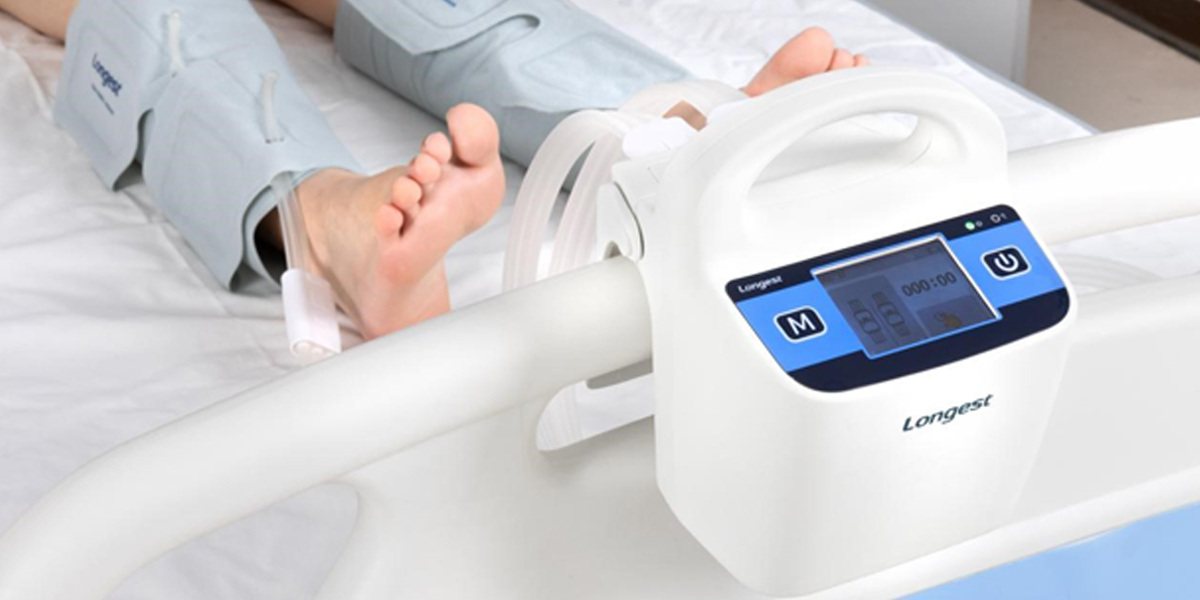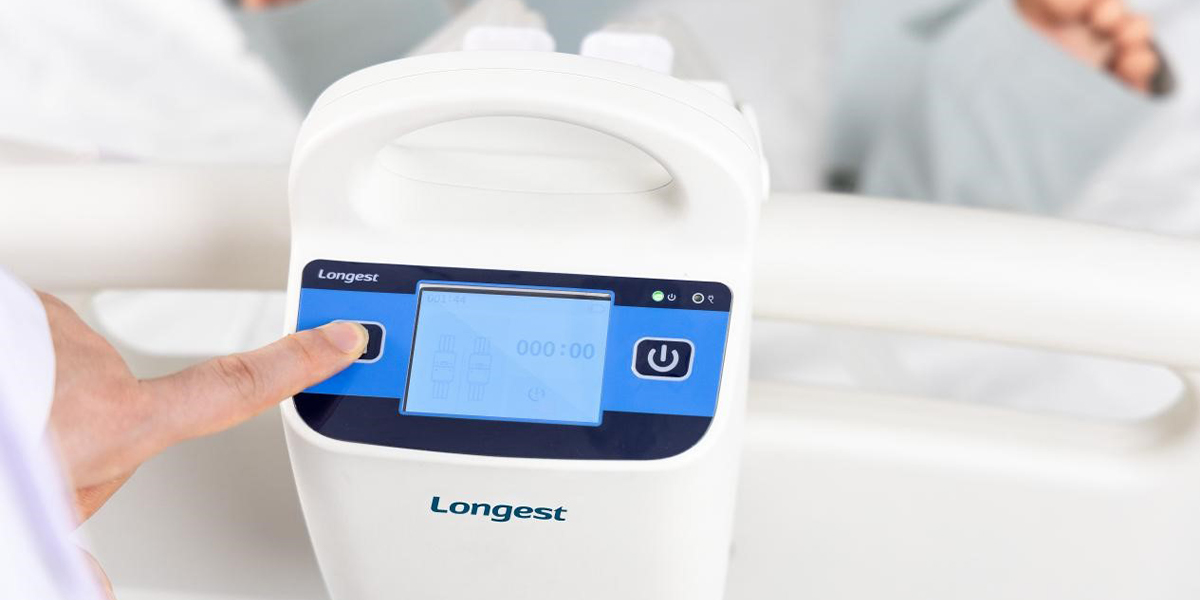DVT Pumps in the ICU: Reduce Deep Vein Thrombosis Risks and Enhance Patient Care
July 09, 2024
Deep Vein Thrombosis (DVT) is a serious condition characterized by the formation of blood clots in deep veins typically in the legs. These clots can cause complications such as pulmonary embolism, a potentially life-threatening condition. Patients in the Intensive Care Unit (ICU) particularly susceptible to DVT due to their prolonged immobility and increased risk factors. To counter this risk, healthcare professionals often employ DVT pumps, also known as compression devices or sequential compression devices (SCDs), to improve patient outcomes by preventing thrombus formation.
Understanding DVT and its Risks in ICU Patients
Patients in the ICU face a higher risk of developing DVT due to a variety of factors. Prolonged immobilization, restricted mobility, reduced blood flow, and other conditions such as sepsis, obesity, or trauma, further contribute to this risk. When left untreated, DVT can lead to complications like pain, swelling, chronic venous insufficiency, and potentially fatal pulmonary embolism. Hence, proactive prevention measures, such as the use of DVT pumps, are crucial in reducing patients' vulnerability to this condition.
The Role of DVT Pumps in ICU Care
DVT pumps are mechanical devices designed to stimulate blood flow, prevent stasis, and reduce the likelihood of clot formation in the lower extremities of patients. They consist of inflatable sleeves or boots that are wrapped around the patient's legs and connected to a control unit, allowing for sequential inflation and deflation. The compression and release cycle leads to the movement of blood through the deep veins, thereby preventing venous stasis and enhancing circulation.
Applications and Benefits in the ICU
Advanced DVT Pump to Make DVT Prevention In ICUs Easier

The smart DVT pump LGT-2202DVT is meticulously designed and manufactured to help healthcare providers administer DVT prevention treatment more easily and improve patient care. The device is uniquely designed with smart garment detection technology to automatically identify connected compression sleeves and set the correct pressure and compression cycle, enabling a truly plug-and-play operation. It also provides customized treatment options. Parameters such as compression pressure and duration can be easily adjusted, allowing healthcare providers to customize treatment based on the patient’s needs and comfort.
To reduce the burden of nurses in delivering DVT prevention care to a high volume of patients, the device is lightweight, battery-operated, and designed with remarkably compact dimensions. The nurses can easily move the device from patient to patient, from place to place.
If you are looking for reliable DVT pumps and sleeves in the ICU setting, DVT pump LGT-2202DVT can be a great option to further optimize your workflow and efficiency in delivering patient care.
Conclusion
Deep Vein Thrombosis poses a significant risk to patients in the ICU. By employing DVT pumps, healthcare professionals can improve patient outcomes by reducing the incidence of DVT and its related complications. The application of sequential compression devices enhances blood circulation, minimizes immobility-related risks, and provides a safe and non-invasive prophylactic approach to DVT prevention.